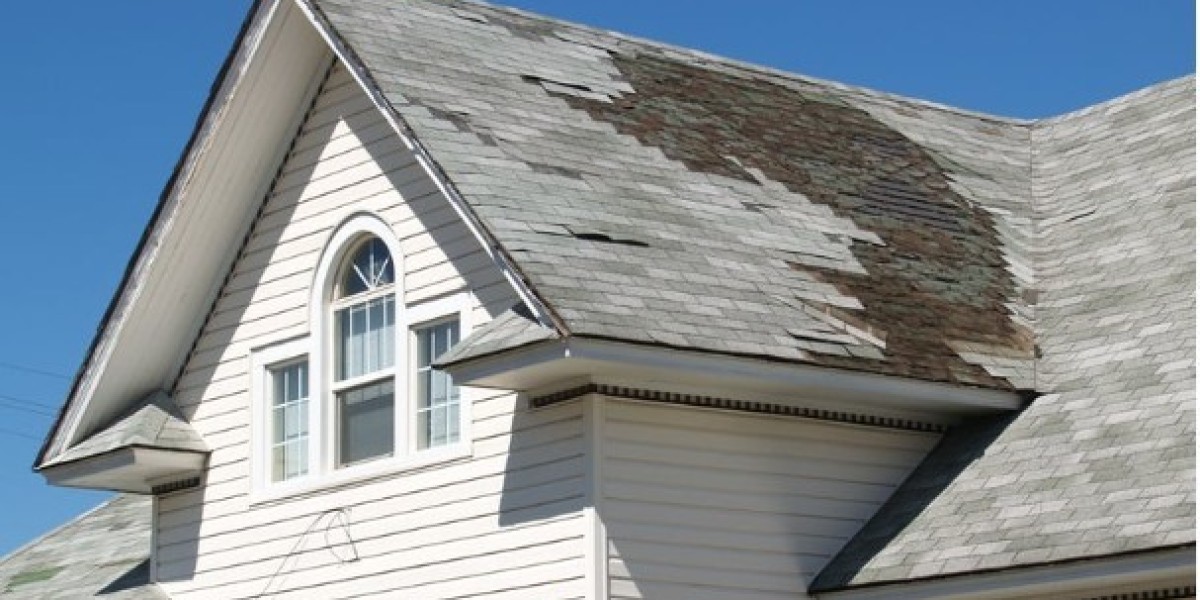In this guide, we’ll walk you through the top 5 roof maintenance tasks homeowners forget, explain why they matter, and how to make sure they’re part of your routine. By the end, you’ll have the knowledge to keep your roof in top shape and your wallet a lot happier.
1. Cleaning the Gutters Regularly
Most people associate gutter cleaning with fall leaves—and that’s not wrong. But what many homeowners forget is that clogged gutters can cause roof damage year-round. When debris builds up in the gutters, water backs up and seeps underneath the roofing materials.
Why It Matters:
Water overflow can rot your fascia boards (the boards behind the gutters).
Moisture trapped against the edge of the roof can lead to ice dams in winter and mold in summer.
Overflowing gutters can saturate the soil near your foundation, leading to structural issues.
Quick Tip:
Make it a habit to check your gutters every 3–4 months, not just in the fall. If your home is near pine trees or experiences frequent storms, inspect them more often.
2. Inspecting and Resealing Flashing Around Chimneys and Vents
Flashing is the thin metal material installed around roof penetrations like chimneys, skylights, and vents. It prevents water from sneaking in where the roofing material can’t seal.
The Problem:
Most homeowners don’t check their flashing until there’s already a leak. Over time, flashing can rust, loosen, or the sealant can crack—especially in areas that face extreme temperatures.
Why It Matters:
Faulty flashing is one of the most common causes of roof leaks.
Water intrusion around flashing can damage interior drywall, insulation, and even electrical systems.
How to Stay on Top of It:
Inspect the flashing twice a year, ideally in spring and fall. Look for signs of cracking, rust, or gaps. Apply roofing sealant or call a professional to reseal or replace damaged areas.
3. Checking for Moss, Algae, and Lichen Growth
Those green patches or black streaks on your roof might look harmless—but they’re not. Moss, algae, and lichen not only make your roof look old and dirty but also cause significant damage over time.
Why It’s Overlooked:
Many homeowners assume that discoloration is cosmetic and not a priority. But these organisms trap moisture, which can lead to shingle decay, wood rot, and even structural weakening.
Why It Matters:
Moss acts like a sponge, keeping shingles wet for long periods.
Algae can cause shingles to lose their protective granules, shortening their lifespan.
Lichen has root-like structures that dig into shingles, causing permanent damage.
Maintenance Tip:
Use a zinc or copper-based cleaner to treat moss or algae, or install zinc strips near the roof ridge to prevent growth. Trim nearby trees to increase sunlight exposure and reduce dampness.
4. Inspecting Attic Ventilation and Insulation
Your roof is more than just what’s on the outside. What’s going on underneath it—in your attic—is just as important. Improper ventilation or insulation in the attic can lead to all sorts of roof-related problems.
The Overlooked Issue:
Many homeowners never think to inspect their attic space, assuming if there are no visible leaks, everything is fine. Unfortunately, poor airflow and insulation can cause serious hidden damage.
Why It Matters:
In summer, hot attic air can "cook" your shingles, causing premature aging.
In winter, warm attic air melts snow unevenly, leading to ice dams that damage shingles and gutters.
Poor insulation increases energy bills and can contribute to mold growth.
How to Fix It:
Check your attic insulation thickness and airflow. Make sure soffit vents, ridge vents, or gable vents aren’t blocked. If your attic feels hot or stuffy, it may need better ventilation.
5. Doing a Post-Storm Roof Check
After a major storm, homeowners rush to check their siding, windows, and fences—but often forget to inspect the roof, especially when there’s no visible leak.
Why It’s Ignored:
Unless shingles are lying in the yard or there’s water dripping from the ceiling, the roof doesn’t seem like an immediate concern. But storm damage can be subtle and may take months to manifest into noticeable issues.
Why It Matters:
High winds can lift shingles slightly, breaking their seal.
Hail can bruise or crack shingles, reducing their lifespan.
Debris can clog roof valleys or damage flashing, leading to future leaks.
Pro Tip:
Use binoculars or a drone to safely inspect your roof after every major storm. Look for:
Missing, curled, or cracked shingles
Granules in gutters or downspouts
Debris buildup in valleys or gutters
Bonus Tip: Scheduling a Professional Roof Inspection
Even if you’re a diligent DIYer, an annual professional inspection is worth its weight in gold. Roofing experts can spot problems the untrained eye may miss and can help you avoid expensive emergency repairs down the road.
What a Pro Will Do:
Inspect for soft spots or sagging
Check shingle condition
Evaluate flashing and sealant
Ensure proper ventilation
Examine gutters and drainage
Best Time to Schedule:
Late spring or early fall—before and after harsh weather seasons.
How to Create a Roof Maintenance Checklist
To make sure you never forget these tasks again, create a simple seasonal checklist. Here’s a quick example:
Spring:
Clean gutters
Inspect attic ventilation
Check flashing and seals
Look for moss or algae
Summer:
Trim nearby branches
Clean any debris buildup
Check for storm damage
Fall:
Clean gutters again
Inspect flashing and caulking
Ensure attic is properly insulated
Winter:
Monitor for ice dams
Watch for interior signs of leaks
Ensure attic airflow isn’t blocked by snow
Tools and Products That Make Roof Maintenance Easier
Investing in a few tools can help you stay on top of these tasks:
Gutter guards to reduce debris
Roof rakes for snow removal
Zinc or copper strips for algae prevention
Binoculars or a drone for visual inspections
Roofing sealant for DIY flashing fixes
You don’t need to get on a ladder for everything—just stay vigilant and proactive.
Conclusion: Don’t Let Neglect Shorten Your Roof’s Life
Your roof protects everything and everyone inside your home. Yet, the most common roofing problems stem from neglect—not nature. By keeping up with the five often-forgotten maintenance tasks—cleaning gutters, checking flashing, monitoring moss, ensuring attic ventilation, and inspecting post-storm—you can extend your roof’s lifespan and avoid costly repairs.
It doesn’t take much effort—just a few checks each season—to stay ahead of roof problems. And if you need help, professionals like Forcewashing make it easy to stay on top of essential maintenance. So grab a checklist, mark your calendar, and make roof care part of your home routine. Your roof—and your wallet—will thank you.






